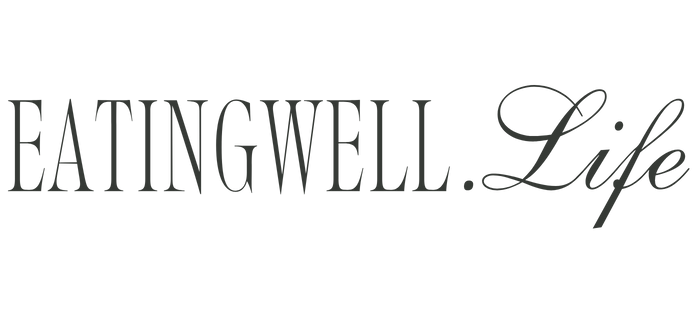
Being on a tight budget can be frustrating, but even more so if you are also trying to improve the nutrition of your food and stick to a healthy diet. It can be done, but it does take a bit more strategy and planning. Here are ten tips for how to eat healthy on a tight budget.
1. Plan Ahead
Before going grocery shopping, take some time to plan out your meals for the week. Having a plan will help you resist the temptation to buy unhealthy convenience food or go out to eat.
Always start with your own kitchen first when you are looking to stick to a tight food budget, but still want to eat a healthier diet. You probably have some ingredients you can use up in your refrigerator, freezer, or pantry.
Start with ingredients that are going to expire soon so that they don’t go to waste. You can then consider any pantry staples that would work for healthy meals, like beans or rice, canned vegetables, or meat in the freezer.
2. Make a List
And stick to it. Once you have your meal plan, make a grocery list of everything you need to make those meals. When you’re at the grocery store, only buy what’s on your list. This will help you stay on budget and avoid buying anything unnecessary and unhealthy.
A checklist can also be helpful to avoid forgetting anything, especially if you’re making a big grocery trip for the month.
3. Shop the Sales
One of the best ways to save money on groceries is to buy items that are on sale. Most stores have a weekly flyer with sales and coupons. Plan your meals around what is on sale that week. You can also sign up for store loyalty cards to get additional savings, like discounts and coupons.
Some stores also have special sales for certain items, like “10 for $10” deals. These can be a great way to stock up on staples, like canned vegetables, that you can use throughout the month.
4. Buy in Bulk
Buying in bulk (when it makes sense) can be a great way to save money—but only if you’re actually going to use all of the food before it goes bad. If you don’t think you’ll be able to use up a large quantity of an item before it goes bad, it’s probably better to just buy what you need.
The best items to buy in bulk are non-perishables, like rice, pasta, beans, and nuts. These items can be stored in your pantry for a long time and used as needed. If you have the space, you can also buy frozen vegetables in bulk and store them in your freezer.
5. Eat More Plant-Based Foods
The plant-forward way of eating involves eating more foods that come from plants, and less that come from animals. If you can start implementing this into your lifestyle, you will save money since meat, poultry, and seafood tend to be among the most expensive food ingredients.
This isn’t about going vegan or completely plant-based, but having your meat and poultry products more of a side dish on your plate, with the cheaper plant-based foods as the main course.
6. Choose Cheaper Cuts of Meat
When you do want to eat meat or poultry in your diet, go for the cheaper cuts of meat. For example, chicken and turkey are typically less expensive than red meat like steak and pork. When you do want red meat, go for ground beef or flat steaks like flank steak. These are tougher cuts of steak, so they work best when sliced thin and used for tacos or fajitas.
7. Be Smart When Buying Produce
Fruits and vegetables are an important part of a healthy, balanced diet, but it is easy to spend more than necessary. To avoid this, start by buying produce that is currently in season. This might vary based on where you live, but for example, summer produce often includes peaches, strawberries, watermelon, carrots, zucchini, and tomatoes.
You can also look for year-round produce that tends to be cheaper for most of the year than other produce. This includes lemons and limes, apples, oranges, potatoes, and lettuce.
8. Buy Foods in Their Whole Forms
Always buy foods in their whole, unprocessed forms when you can. Not only is it better for you, but it will also be cheaper in most cases. Get your beans dry and rice in the bags that you need to rinse or soak first before cooking. Never buy produce pre-cut or packaged, and use bulk bins whenever possible for beans, rice, nuts, and seeds.
9. Cook at Home
Eating out is often more expensive and less healthy than cooking at home. When cooking at home, you have more control over the ingredients that go into your food and how they’re prepared. Plus, cooking at home can be fun and a great way to bond with family or friends.
10. Use Leftovers
To save both money and time, cook once and eat twice (or more!). When you make a meal, cook enough for leftovers so that you can have the same meal again later in the week. This is especially helpful when you’re cooking for one or two people. If you make a big batch of soup, chili, or pasta sauce, you can easily have it for lunch or dinner several days in a row.
Final Thoughts
Eating more healthily doesn’t have to be expensive. With a little bit of planning and effort, you can make healthy eating a part of your lifestyle without breaking the bank. You may be surprised at how easy it is to eat healthy on a budget. So, try out some of these tips and see how much money you can save!

Leave a Reply